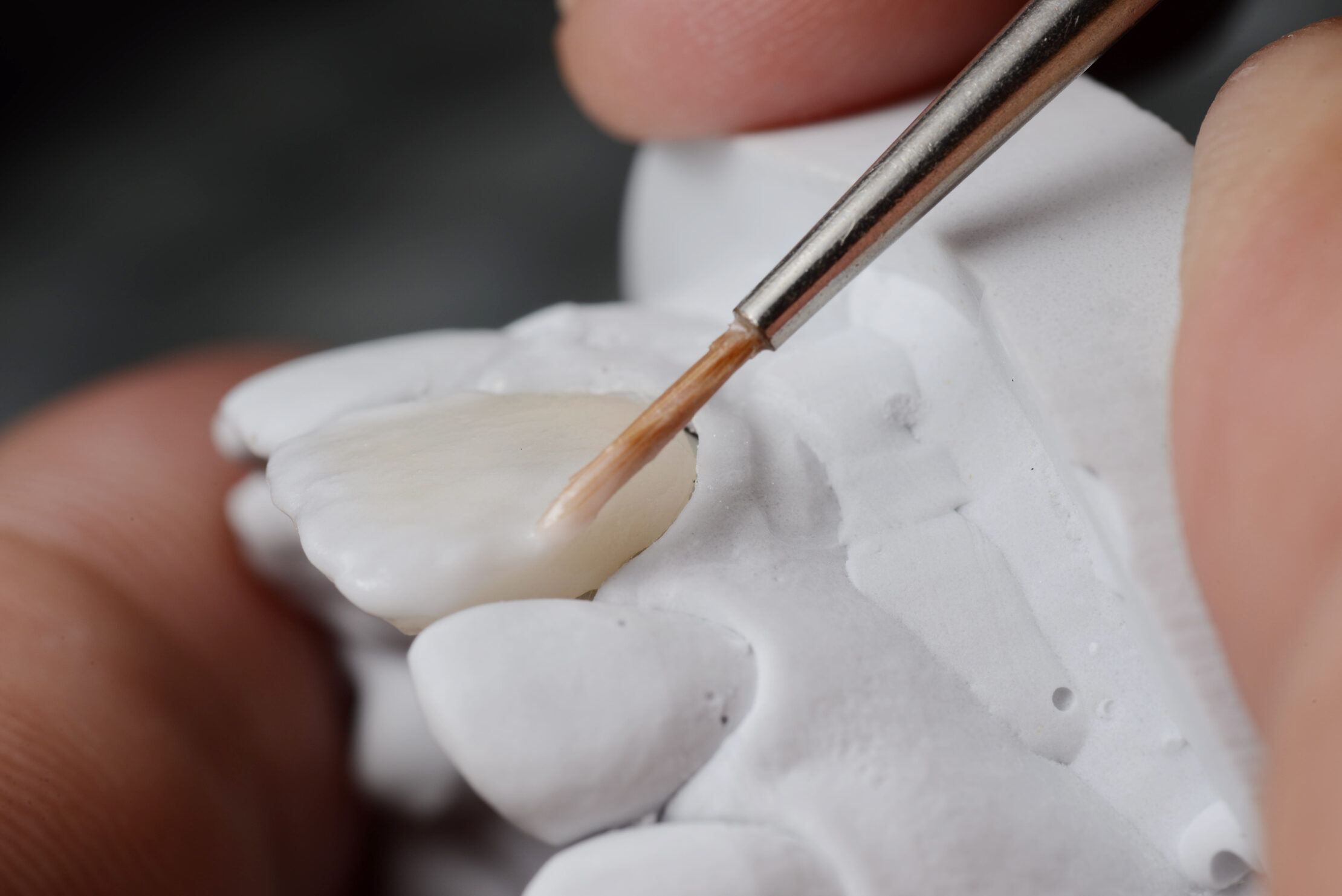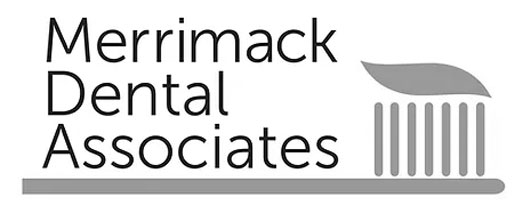Are you self-conscious about your smile but hesitant to invest in expensive dental procedures? Dental bonding might be the solution for you. This cost-effective cosmetic dentistry procedure can help improve the appearance of chipped, discolored, or misshapen teeth. In this blog, we will take an in-depth look at the benefits of dental bonding and how it compares to other popular cosmetic procedures like veneers. We will also cover the procedure details, recovery time, and longevity of dental bonding so that you can make an informed decision about whether it’s right for you. Say hello to a brighter smile without breaking the bank!
Overview of Dental Bonding
For those seeking an affordable solution for cosmetic dental issues, dental bonding is a go-to procedure. Unlike crowns or veneers, bonding is less invasive and less expensive, making it an excellent option for repairing chips, cracks, and discoloration. Bonding can also fill gaps between teeth and reshape them for a more even smile. With proper care, bonded teeth can last for years without the need for replacement. The process itself takes only one office visit and doesn’t require the use of anesthesia, making it an efficient and comfortable choice for improving your smile.
What is Dental Bonding?
Dental bonding is a popular cosmetic dental procedure that can improve the appearance of your teeth. The process involves applying a tooth-colored resin material to the teeth to fix a variety of cosmetic issues, such as gaps between teeth, chipped or cracked teeth, and discoloration. This quick and painless procedure typically takes only one visit to the dentist and is a cost-effective solution compared to other cosmetic dental procedures like veneers or crowns. In addition to improving the appearance of your smile, dental bonding can also protect exposed tooth roots from decay and reduce sensitivity.
When is Dental Bonding Recommended?
For those looking for a quick and cost-effective solution to improve their smile, dental bonding is often recommended. This cosmetic dental procedure can be used to fix a variety of issues, such as chipped or cracked teeth, gaps between teeth, and discoloration. With its tooth-colored resin material that is shaped and molded to match the natural contours of the teeth, dental bonding can provide a significant improvement in appearance with minimal invasiveness. It’s also worth noting that dental bonding is a painless procedure that can typically be completed in just one visit to the dentist’s office, making it a convenient option for those with busy schedules. However, it’s important to keep in mind that more severe dental issues may require alternative treatments.
How Common is Dental Bonding?
According to estimates, over a million people in the US undergo dental bonding each year. This cosmetic dental procedure is gaining popularity due to its affordability and quick turnaround time. Dental bonding can be used to treat a variety of issues like chipped teeth, cracks or gaps between teeth, and discoloration. The procedure involves applying a tooth-colored resin material that is shaped and molded to match the natural contours of the teeth, enhancing their appearance. With proper care, dental bonding can last for several years, making it a popular choice for those seeking an effective yet budget-friendly solution to improve their smile.
Procedure Details of Dental Bonding
When it comes to improving the appearance of your teeth, dental bonding is a popular and cost-effective option. This cosmetic dental procedure involves applying a tooth-colored resin material to the surface of the teeth, which is then shaped and polished to match the surrounding teeth. Dental bonding can be used to fix a variety of issues such as chipped and cracked teeth, close gaps between teeth, and improve the appearance of discolored teeth. The best part about this procedure is that it can be completed in just one visit to your dentist’s office and is typically painless. Plus, with proper care, dental bonding can last for several years before needing any touch-ups or replacements.
Before Dental Bonding
Before undergoing dental bonding, it’s crucial to ensure that you’re a good candidate for the procedure. A comprehensive examination of your teeth and gums will be conducted by your dentist to assess any underlying dental issues, such as cavities or gum disease. After this evaluation, your dentist will discuss the goals and expectations of the treatment and provide you with an estimate of the cost. Good oral hygiene practices are essential both before and after the procedure to maintain the bonded teeth’s health and longevity. It’s also best to avoid foods that can stain or damage the bonded teeth, such as coffee or hard candy.
During Dental Bonding
Dental bonding is a simple and painless procedure that can be completed in less than an hour per tooth. During the process, the dentist will prepare the surface of the tooth by etching it and applying a conditioning liquid. Then, they will apply a tooth-colored resin to the tooth and shape it as needed. Once the desired shape is achieved, the resin is hardened using a special light and polished to match the rest of your teeth. The result is a natural-looking smile that blends seamlessly with your other teeth. Moreover, dental bonding can also be used to fill small cavities or repair chips, cracks or stains on your teeth.
After Dental Bonding
To ensure the longevity of dental bonding, it’s essential to maintain proper oral hygiene practices. After the procedure, avoid consuming foods and beverages that may stain or damage the bonded teeth. It’s also advisable to refrain from biting down on hard or crunchy foods for a few days after the treatment. As with any dental procedure, sensitivity or discomfort may occur after bonding. If you experience any pain, contact your dentist for advice on pain relief options. By following these instructions and regularly visiting your dentist, you can enjoy the benefits of dental bonding for several years.
Advantages and Disadvantages of Dental Bonding
Dental bonding offers affordable and quick solutions for those looking to improve their smile. Advantages of dental bonding include minimal tooth reduction, quick procedure time, and a natural-looking finish that blends in seamlessly with your existing teeth. However, there are also some disadvantages to consider. Touch-ups or replacements may be necessary over time, and the color options may be limited compared to other cosmetic dental procedures. Nevertheless, dental bonding remains a popular choice for those seeking a cost-effective way to enhance their smile.
Advantages of Dental Bonding
When it comes to improving the appearance of your smile, dental bonding offers several advantages. For one, it’s a cost-effective solution for repairing chipped or cracked teeth, which can be a common source of embarrassment for many people. In addition, dental bonding can also be used to improve the appearance of discolored or misshapen teeth, providing a simple solution for those seeking a more symmetrical and attractive smile.
Another benefit of dental bonding is that it’s a minimally invasive procedure that typically requires only one visit to the dentist. This means you can get back to your daily activities quickly without having to schedule multiple appointments or take time off work. Bonding materials are also carefully matched to the color of your natural teeth, resulting in an outcome that looks and feels seamless and natural. Overall, dental bonding provides many benefits for those looking to enhance their smiles without breaking the bank.
Disadvantages of Dental Bonding
While dental bonding is a cost-effective solution for improving the appearance of teeth, it does have some disadvantages. One potential drawback is that bonding material may become discolored over time, requiring replacement or touch-up procedures. Additionally, bonding is not as durable as other cosmetic dental procedures, such as veneers or crowns. Bonding may also be more prone to chipping or breaking if subjected to excessive force or pressure. It’s important to discuss the pros and cons of dental bonding with your dentist to determine if it’s the best option for you.
Dental Bonding Vs. Veneers
When it comes to choosing between dental bonding and veneers, there are several factors to consider. Bonding is a more cost-effective option and requires less tooth preparation than veneers, making it a popular choice for those looking for small cosmetic changes. On the other hand, veneers are more durable and resistant to staining, making them a good option for those looking for significant changes or corrections. Ultimately, the decision between bonding and veneers depends on the patient’s specific needs and goals for their smile, so it’s important to discuss all options with your dentist before making a final decision.
Cost of Dental Bonding
When it comes to cosmetic dental procedures, cost is often a significant consideration for many patients. Fortunately, dental bonding offers a more affordable alternative compared to other options like veneers or crowns. Additionally, bonding requires less tooth preparation and can usually be completed in just one visit. While the overall cost of dental bonding may vary depending on the extent of work required and the dentist’s experience, it remains an effective and long-lasting solution to improve the appearance of your smile. However, it’s important to note that dental insurance may not cover the cost of cosmetic procedures like dental bonding, so it’s always best to check with your provider beforehand.
Longevity of Dental Bonding
Maintaining good oral hygiene is essential to keep your dental bonding in good condition for years to come. After the procedure, it’s important to avoid hard or sticky foods that can damage the bonding material. Proper brushing and flossing techniques also help prevent decay and staining, which can compromise the longevity of your dental bonding. With regular check-ups and professional cleanings, you can ensure that your dental bonding remains a cost-effective solution for improving the appearance of your smile.
The Lifespan of Dental Bonding
Dental bonding is a cost-effective solution for repairing chipped, cracked, or discolored teeth. While the lifespan of dental bonding may vary depending on factors such as oral hygiene and the amount of wear and tear it experiences, with proper care, it can last up to 10 years or more. Regular check-ups with your dentist can help ensure the longevity of your dental bonding. In case of damage, bonding can be easily repaired or replaced by a dentist. So, if you’re looking for an affordable and durable solution to improve your smile, dental bonding might be the right option for you.
Conclusion
Dental bonding is a cost-effective solution that can help you achieve a beautiful smile without breaking the bank. It’s a quick and minimally invasive procedure that can fix a variety of dental issues, including chipped or cracked teeth, gaps, and discoloration. However, it’s important to keep in mind that dental bonding does have its limitations, and may not be the best option for everyone. If you’re interested in exploring your options for improving your smile, talk to your dentist about whether dental bonding is right for you. To learn more about this procedure and other cosmetic dentistry options, schedule an appointment with us today.




